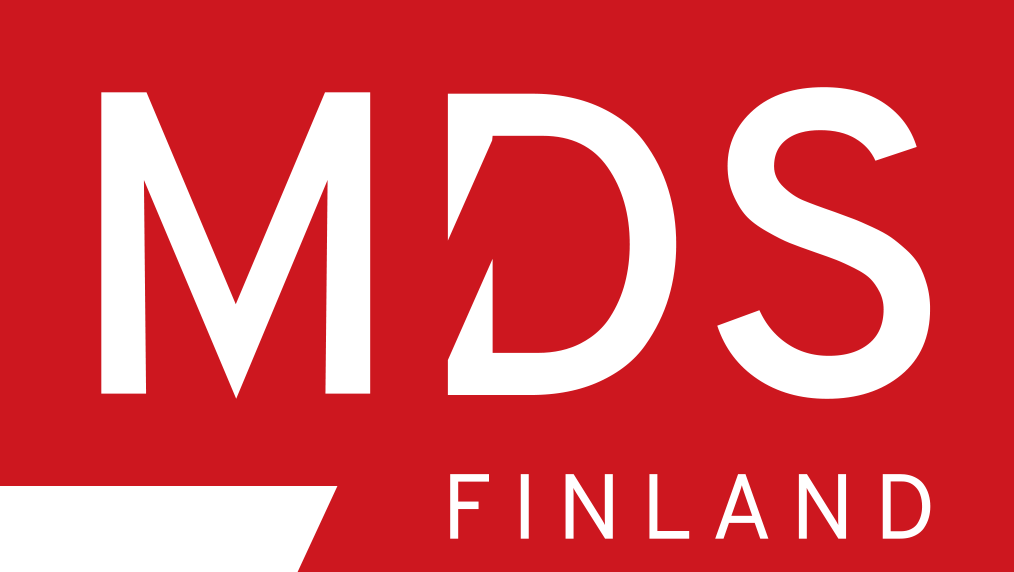When bringing a medical device to market, one of the most important strategic choices manufacturers face is deciding whether to pursue approval in the United States under the FDA or in the European Union under the EU-MDR. Both frameworks are globally respected, but they differ significantly in their classification systems, review processes, and overall approach. Understanding these differences can make the path to compliance smoother and faster.
Device Classification: Risk-Based, but Different Structures
-
FDA (U.S.): Devices are classified into three categories—Class I, II, and III—based on the level of regulatory control needed to assure safety and effectiveness. This classification determines the type of submission required: 510(k), De Novo, or PMA.
-
EU-MDR (Europe): Devices are classified into Class I, IIa, IIb, and III, with requirements escalating alongside the risk profile. Most higher-risk devices require involvement of a Notified Body, adding an extra layer of external review.
While both systems are risk-based, the FDA’s streamlined three-class structure contrasts with the more granular four-tier system of the EU-MDR.
Regulatory Approaches: Substantial Equivalence vs. Clinical Performance
-
FDA: The central focus is on demonstrating safety and effectiveness, often by showing “substantial equivalence” to a predicate device in the case of 510(k) submissions. This approach can shorten timelines for products that are similar to existing devices.
-
EU-MDR: The MDR framework emphasizes not only safety and performance but also continuous post-market surveillance, clinical evaluation, and traceability through Unique Device Identification (UDI). For many manufacturers, the MDR requires a broader scope of evidence and ongoing reporting obligations.
Review Processes: Centralized vs. Decentralized
-
FDA: Reviews are conducted centrally by the U.S. Food and Drug Administration. Depending on the pathway, this can result in predictable timelines—for example, around 90 days for a straightforward 510(k).
-
EU-MDR: Reviews are decentralized through Notified Bodies. While this system allows flexibility, it can also lead to variations in interpretation and timelines depending on the chosen Notified Body. This factor has become especially critical as capacity constraints and demand for MDR certifications have grown.
FDA Pathways: 510(k) and De Novo
For companies considering U.S. entry, two FDA pathways stand out:
-
510(k): Faster and more cost-effective, designed for devices that can be shown to be substantially equivalent to an existing device. Typically, this process takes around 90 days and requires less extensive clinical data.
-
De Novo: Created for novel devices without a predicate but still low to moderate risk. Though longer than 510(k), this process is often still quicker and more predictable than the EU-MDR conformity assessment for new technologies.
Both pathways provide opportunities for manufacturers to accelerate time-to-market compared to EU-MDR, making them attractive for companies with innovative or iterative products.
What EU Companies Should Know When Seeking FDA Approval
For EU-based companies, transitioning to the FDA regulatory system means adapting to different expectations:
-
Device classification must be reassessed according to FDA criteria.
-
Documentation requirements may differ, with greater emphasis on demonstrating substantial equivalence or robust clinical data for PMA devices.
-
While EU-MDR places heavy emphasis on clinical evaluations and post-market surveillance, FDA requirements vary depending on pathway, sometimes reducing the need for extensive new trials.
Strategic Takeaway
Both FDA and EU-MDR approval pathways are essential for global market access, but the differences between them require careful planning. FDA routes can often be faster and less costly for certain devices, while MDR provides a comprehensive framework with stronger emphasis on lifecycle monitoring and post-market obligations. For many manufacturers, the choice is not one or the other, but rather deciding which to pursue first based on business goals, target markets, and regulatory readiness.
What’s next?
Join us next week as we explore how FDA approval can be leveraged for global market access, as well as considerations on which path to take first, FDA or EU-MDR. In the meanwhile, should you wish to know more about how our services can support your market entry, you can contact us at sales@mdsfinland.com or schedule a consultation via Book a Meeting.
